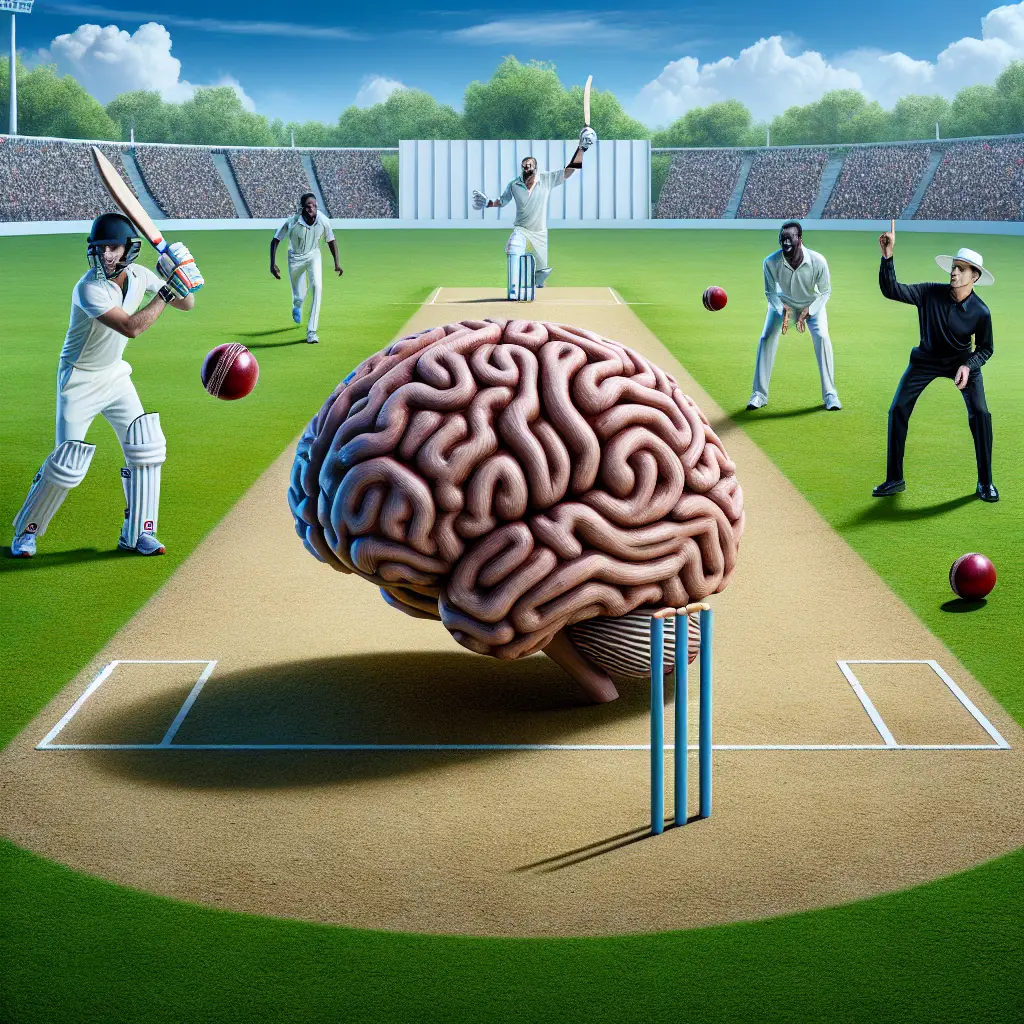The Psychology of Cricket: Mind Games on the Field
Understanding the Mental Game
Cricket, often referred to as a game of “gentlemen,” is as much a mental struggle as it is a physical contest. The psychology of cricket plays a pivotal role in shaping the game, impacting players’ performances, strategies, and overall outcomes. The mental aspects are not limited to individual performances but extend to team dynamics, in-game decision-making, and even interactions with the opposition and spectators.
Mental Toughness: A Key Attribute
Mental toughness in cricket can be defined as the ability of a player to maintain a high level of performance under pressure. This includes resilience to handle setbacks, the capacity to stay focused during critical moments, and the ability to convert potential in-game distractions into motivational fuel.
High-profile players such as Sachin Tendulkar, Ricky Ponting, and Virat Kohli exemplified mental toughness, often thriving in conditions where lesser players falter. Their ability to focus on short-term goals while keeping an eye on the larger picture of the match showcases the psychological prowess essential in professional cricket.
Sports Psychology and Performance Enhancement
Sports psychologists work with professional cricketers to enhance focus and resilience. Techniques, including visualization, self-talk, and mindfulness, are employed to help players navigate the intense pressures of competitive cricket.
Visualization involves players mentally rehearsing their performance. By imagining themselves executing successful shots or taking crucial wickets, players can build confidence and reduce anxiety. The consistent practice of visualization has shown significant benefits, particularly among batsmen who need to concentrate on intricate ball placements.
Self-Talk is another powerful psychological tool. Positive affirmations can help players manage anxiety and bolster self-belief. For instance, telling oneself, “I am well-prepared for this match” can create a mindset conducive to optimal performance.
Mindfulness allows players to stay grounded in the moment. By focusing on their breath or staying aware of their surroundings, players can prevent themselves from getting overwhelmed. In moments of high pressure, such as a tight run chase or a competitive bowling spell, this technique can make all the difference.
Pressure Situations: Fight or Flight Response
Cricket often places players in high-pressure scenarios: the last ball of the match, needing 12 runs to win or defending a modest total in the final overs. These situations can trigger the ‘fight or flight’ response. Some players thrive and enter a heightened state of performance, while others crumble under pressure.
Biofeedback is a technique used in sports psychology to help players understand their physiological responses to stress. By gauging heart rate variability, muscle tension, and other physiological signals, players can develop coping strategies tailored to their unique stressors. This is crucial in high-stakes games, where the psychological edge often swings the match.
The Role of Team Dynamics
Team cohesion is essential in cricket and impacts players’ mental states. Positive interactions foster trust and create a supportive environment, which can enhance individual performances. Factors such as communication, shared goals, and group identity all fold into the psychological framework of the team.
Communication plays a vital role in cricket,…
Share this content:

